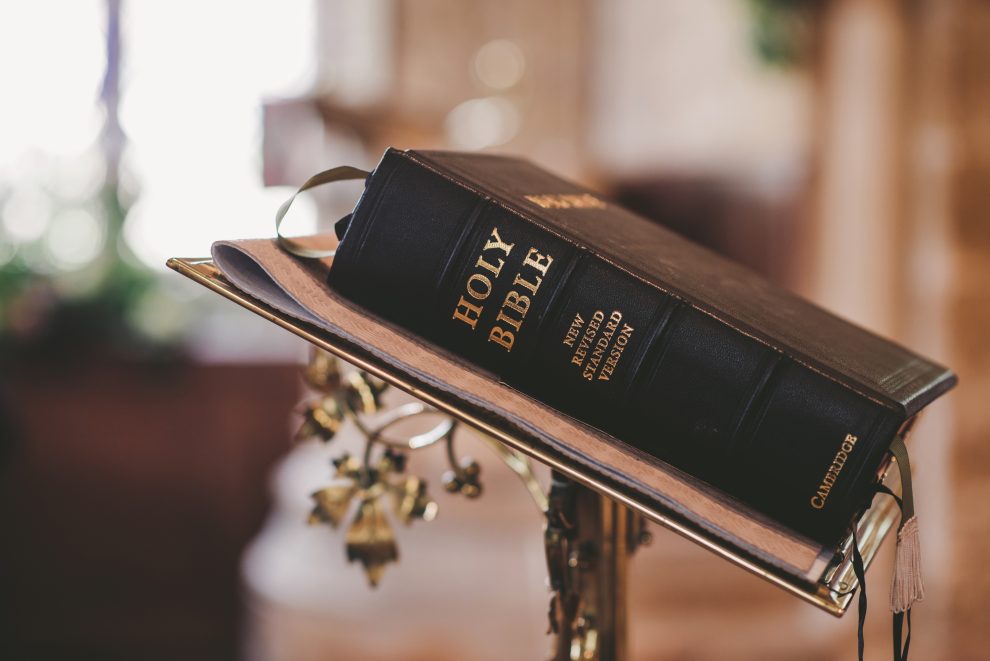Vatican II closed its sessions nearly four decades ago. Anyone who remembers the church before the council knows that the church has been radically changed in everything from the ways we worship to the opportunities for lay ministry and access to advanced theological study. In that broad sense, the church has received the spirit of Vatican II. This reception, however, has come with a certain painful price for some who pine for the good old days.
Catholics of a certain age found it hard to see usages and customs hallowed by time swept away in a very short period. Popular devotions seemed to go in decline, ways of receiving the sacraments and even their names were changed. The lines of authority seemed less clear.
People openly challenged church practice, raising questions that simply would have been unthinkable a generation before the council: Why can’t women receive Holy Orders? Why is artificial contraception intrinsically evil? What are we to do about divorced and remarried Catholics? Many of these and similar questions are openly debated to this day.
History tells us that after every council there is a period of confusion and strife. The Council of Trent did not solve the fissures brought about by the Reformation, and there were schisms after Vatican I. The reason the changes have been wrenching for some of us is that we are not reading about them in history books but are living them-except for those who were born after the council, like the students I teach every day.
So how has Vatican II been received? For a small but vocal minority, with reluctance. Another small but vocal minority grumbles with impatience because change has been too minimal. Those minorities define the extremes.
The vast majority of Catholics have received the council well and many of its changes have been welcomed. For all of the confusion the reforms have caused, who would argue that a broader ecumenism, a vernacular liturgy, more lay involvement, a greater emphasis on social justice, or a larger voice for lay people has been a bad thing?
One clear indicator of how Vatican II has opened the church can be seen in the way in which ordinary lay people have given voice to needed reforms in the wake of the sexual abuse scandal and its bungled handling by many members of the hierarchy.
Has the teaching of Vatican II been fully received? How would we know the answer to that question? The Catholic tradition always tries to conserve the gospel message without allowing the way that message gets transmitted to be frozen into a museum piece. Today we still try to do that, confident that “the Spirit helps us in our weakness” (Rom 8:26).
This article appeared in the April 2003 issue of U.S. Catholic (Vol. 68, No. 4, page 39).
Image: Pixabay via Pexels













Add comment